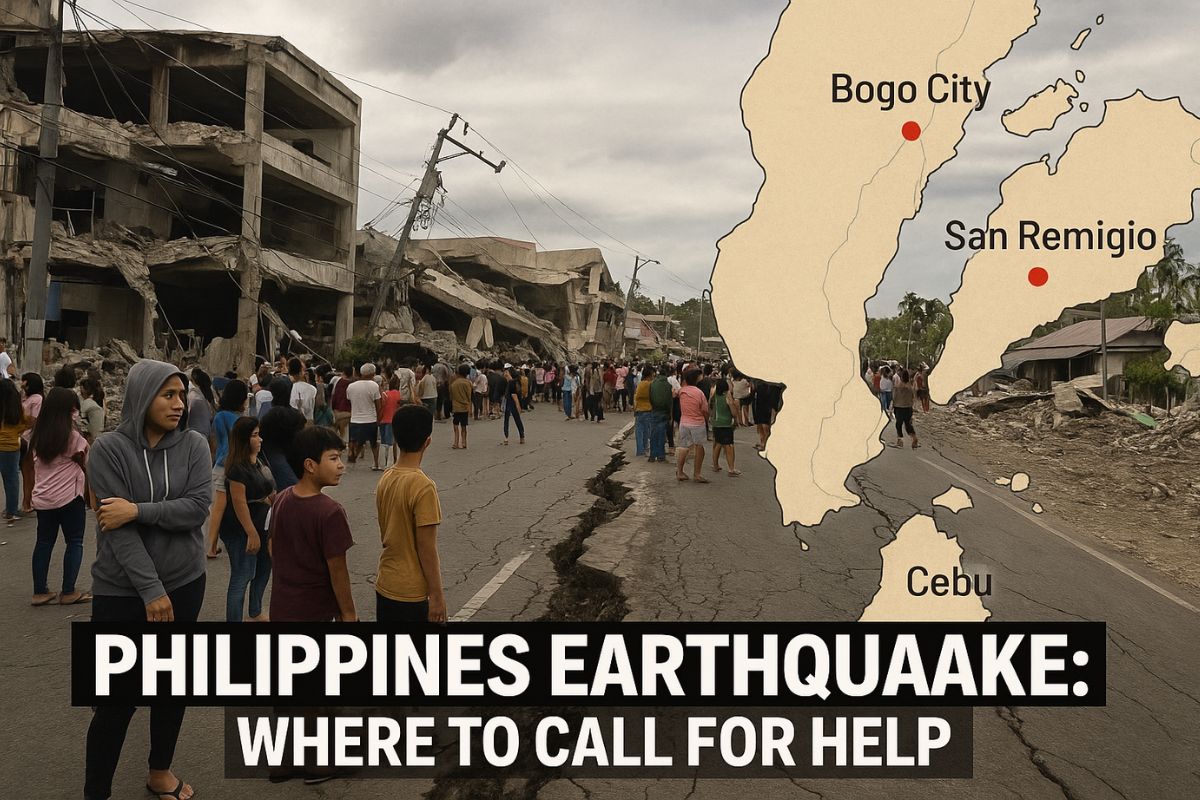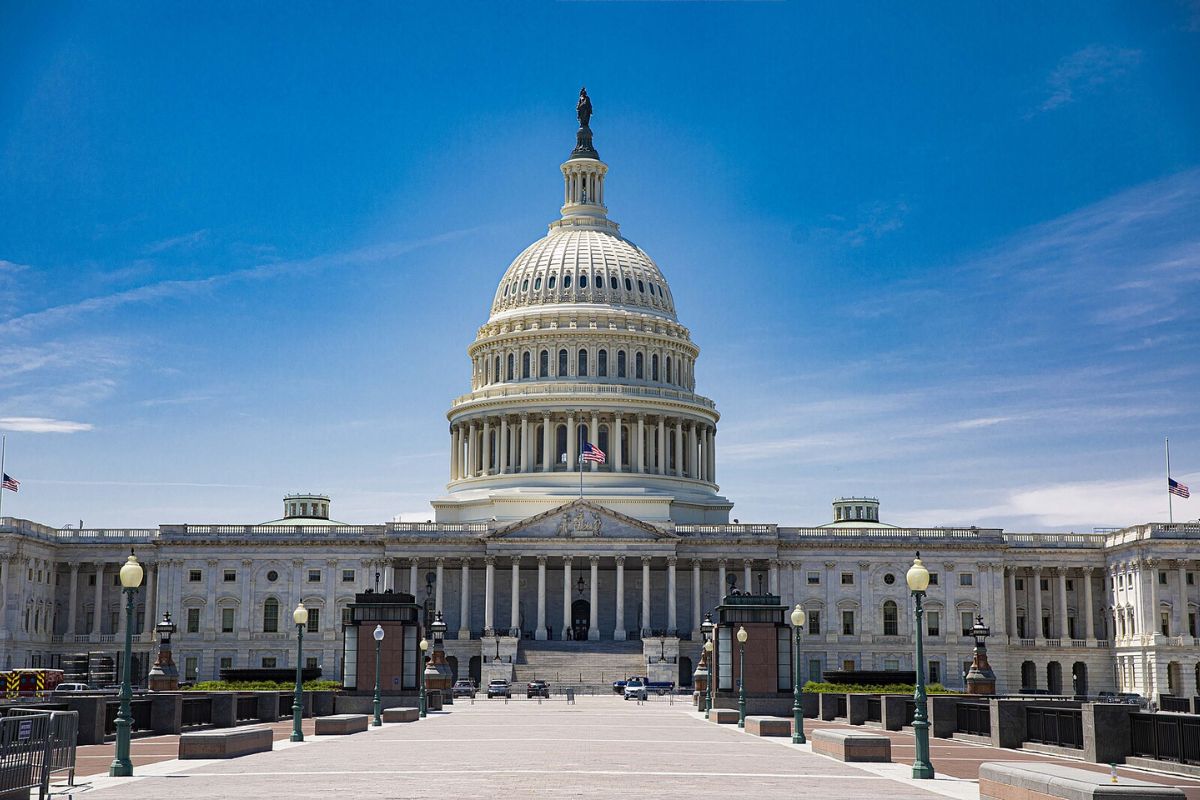Greece experienced an extraordinary event on Tuesday as the skies above the country took on an eerie red hue. This unusual phenomenon was the result of dust stirred up by a storm in Africa, which then moved across the Balkan Peninsula.
Sahara dust paints Athens yellow
Videos and photos captured the surreal scene unfolding in Athens, the capital of Greece, showcasing the otherworldly red sky.
The red appearance of the sky is caused by dust particles filtering out shorter wavelengths of light. This filtering effect gives rise to the striking orange tones that dominated the skies of Athens during the event.
In Athens, some residents opted for evening strolls and captured the vibrant orange scenes, sharing them on social media. Describing the city’s transformation, one user likened it to “a colony of Mars,” as remarked by meteorologists.

A satellite image from NASA’s Terra satellite depicted a “shroud of tan” enveloping Cyprus on April 22. The agency predicted that the dust would continue to traverse the Mediterranean, affecting both Cyprus and Greece in the following days.
On social media platforms, viral images depicted the unusual spectacle, prompting many to wonder about the cause. The phenomenon was attributed to Saharan Dust, with particles from the Sahara desert being carried by winds across the region.
Reports from international media highlighted the suffocating atmosphere in Greece, with intense concentrations of dust affecting visibility. Additionally, forecasts warned of mud rains occurring in the metropolitan area due to the presence of the Saharan Dust.
These powders consist of minuscule sand particles and boast a wealth of minerals. Additionally, they are classified as aerosols because their solid components are so minute that they are often imperceptible to the naked eye.

It’s worth mentioning that this type of phenomenon is relatively common in Greece, particularly when meteorological conditions facilitate the transportation of dust particles from the Sahara Desert. However, the frequency and severity of these occurrences fluctuate depending on atmospheric conditions.
Health effects due to Saharan Dust
Health effects stemming from Saharan Dust primarily impact the respiratory system. The fine particles of dust can infiltrate the lungs deeply and may even enter the bloodstream.
Some symptoms associated with this phenomenon include:
- Allergies and irritations
- Nasal congestion
- Sneezing and watery eyes
The impact of the dust was not confined to Greece alone, as the eastern Mediterranean nation of Cyprus also experienced its effects. NASA reported that a low-pressure system over northern Africa carried dust over Cyprus multiple times in mid-April, resulting in darkened skies and decreased air quality.
The Sahara desert releases between 60 to 200 million tonnes of mineral dust annually. While the largest particles settle back to the ground quickly, the smallest ones can travel thousands of kilometers, possibly reaching across Europe.
The Greek weather service announced that the skies would start to clear on Wednesday.
Europe experienced unprecedented conditions in April, defying typical seasonal norms. While Italy saw temperatures reminiscent of January, with maximums hovering around 6°C to 10°C and plummeting 12°C to 14°C below average, Greece witnessed a stark contrast.
The country encountered temperatures surpassing those typically seen in July, culminating in what was deemed the hottest night ever recorded in April across Europe.
Notably, in Rethymnon, temperatures dipped to an astounding minimum of 29.3°C, marking a meteorological anomaly for the region. This extreme weather phenomenon underscores the unprecedented nature of climatic conditions unfolding across Europe
Follow Ground Report for Environmental News From India. Connect with us on Facebook, Twitter, Koo App, Instagram, WhatsApp and YouTube. Write to us at GReport2018@gmail.com and subscribe to our free newsletter.
Don’t forget to check out our climate glossary, and learn difficult environmental terms in simple language.









